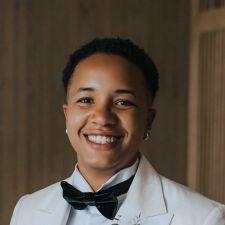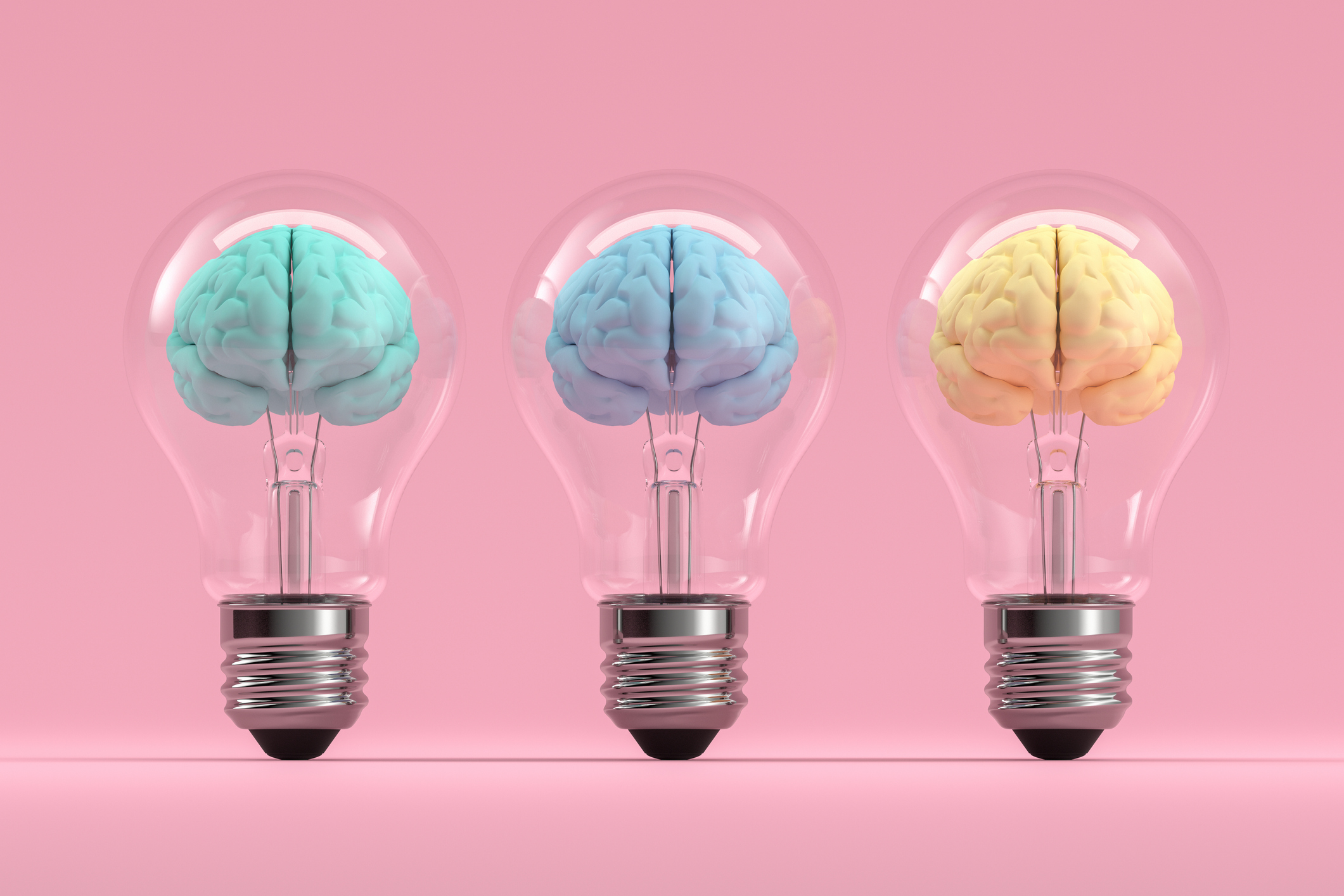Language Is Not a Limitation–It Is Liberation



by Ylaiza Perez
When I started teaching, I was known as “the translator.” Teachers called on me to help students navigate between English and Spanish. At the time, I didn’t mind. I wanted to help. I wanted to be useful. But I soon realized that being the helper put me in a unique position as an educator and a bridge. A bridge between worlds, understandings, and languages. It wasn’t just about translating words. It was about translating culture, emotion, and identity. It was about honoring how students express themselves through tone, silence, rhythm, and even confusion.
Lera Boroditsky, in her TED Talk How Language Shapes the Way We Think, said, “To have a second language is to have a second soul.” That line has never left me. Because for multilingual educators and students alike, language is not only a way of speaking—it is a way of being. It holds our memories, our values, our humor, our hope. And for our students, being affirmed in their native language opens up the possibility of feeling fully seen. Connecting deeply with the work of Dr. Tyrone C. Howard (2010) writes, “language plays a central role in this affirmation.” When we create learning spaces that acknowledge the beauty and complexity of our students’ languages, we also recognize their humanity.
There is nothing more beautiful than acknowledging the many forms of language. It’s not just what we say—it is how we move, look at each other, and show up. As a teacher, I’ve been privileged to design lessons and curriculum from scratch. That means I get to embed identity into instruction. I get to say, “Yes, you belong here,” through the way I greet a student in their native tongue, saying “buenas noches” every entry of class, or how I explain a math problem using words they grew up hearing at home.
Teaching math in Spanish has become one of the most powerful tools in my practice. It’s not just a language I teach—it’s the language of my roots, home, and voice. Spanish has been the lens through which I see my students not as behind or lacking, but as becoming. This year, I am working with a classroom full of native Spanish speakers, most of whom have recently arrived in the United States. They’re stepping into a world that often measures them by their English proficiency, without ever asking about the richness they already bring.
I think about Angel, a student who arrived from the Dominican Republic just five months ago. She was weeks away from graduating from high school back home when her life changed. Now, she sits in a ninth-grade classroom, relearning subjects she’d mastered simply because she doesn’t speak English yet. At first, she told me it made her feel like she had to start from scratch. Like everything, she no longer counted. But little by little, I’ve watched her shift. She started connecting Spanish vocabulary to what she was learning in English. She told me, “TP, ya no creo que estoy atrasada—solo creo que estoy aprendiendo de una manera diferente.” Her language, she’s realizing, isn’t a barrier. It’s her safe space. Her anchor.
At the beginning of my career, I was the first Dominican, person of color, and non-gender-conforming educator I knew. That title comes with weight, but it also comes with opportunity. I may not speak all the tongues, but I hold many languages inside of me. I’ve learned that no matter the language—Spanish, English, math, music, or poetry—every student deserves to feel like they belong. And yes, math is often called the “universal language,” but that doesn’t mean it automatically connects with everyone. We still have to make it feel personal—we still have to translate it into something meaningful.
When I moved to the United States as a pre-teen, I didn’t speak English. Although I have the privilege of saying I was born in NYC, I still did not speak English. And to be honest, for a long time, I didn’t want to. Being called an “immigrant” felt like a scarlet letter. A label. Something that made people look at me with pity or condescension. There is no excuse because I had grown up hearing English, but it felt so far from the language I used to dream, to pray, to cry. And in that distance, I built a wall. I started to believe what others implied: that I didn’t belong.
But I now know that language is not something to fear. It’s something to become. In learning English, I didn’t lose myself—I expanded. I found new ways to connect, to teach, to empower. I became a bridge, a storyteller, a guide. Continuously seeking to develop in my practice. That second soul Boroditsky spoke of? I’ve been living with it. And now, I help my students do the same.
In my last post, Poetry: Fostering Inclusive Learning Spaces, I discussed why poetry is so essential in our lives and how, through words and language, we become more inclusive. Poetry was where my two worlds didn’t collide—they harmonized. Poetry met me in silence when I couldn’t find the right words in English or Spanish. It said, “You don’t have to choose.” It gave me metaphors when grammar failed me. It gave me rhythm when vocabulary escaped me. It helped me process what I couldn’t explain and speak truths I didn’t know I had inside. In my classroom, I encourage students to write, speak, build, and question—in whatever language feels like home. Because their voice is a form of art, and when they feel seen, their confidence rises, not just in language, but in themselves.
Language is not a limitation. It’s liberation.
It is the mirror we hold to our identity, the map that guides our learning, and the thread that ties us to others. My role as an educator is to ensure that every student feels that their language is a gift, not a gap. Whether through math, storytelling, or poetry, I want them to know that their words matter. Language liberated me—and now, I teach to help it liberate others.
How can we incorporate discussions about language into various subjects to strengthen students’ growth mindsets and resilience?
References:
- Boroditsky, L. (2017, November). How language shapes the way we think [Video]. TED Conferences. https://www.ted.com/dubbing/lera_boroditsky_how_language_shapes_the_way_we_think?audio=en&language=en
- Howard, T. C. (2010). Why race and culture matter in schools: Closing the achievement gap in America's classrooms. New York: Teachers College Press. pp. 121, 123-124
This article was crafted by Ylaiza Perez, an independent contributor engaged by CheckIT Labs, Inc. to provide insights on this topic.

Ylaiza is a dedicated bilingual teacher who excels in creating educational content that is engaging, impactful, and culturally responsive. Ylaiza strives to create an empowering learning environment that ignites passion for learning, and they bring that same spirit to their writing!



